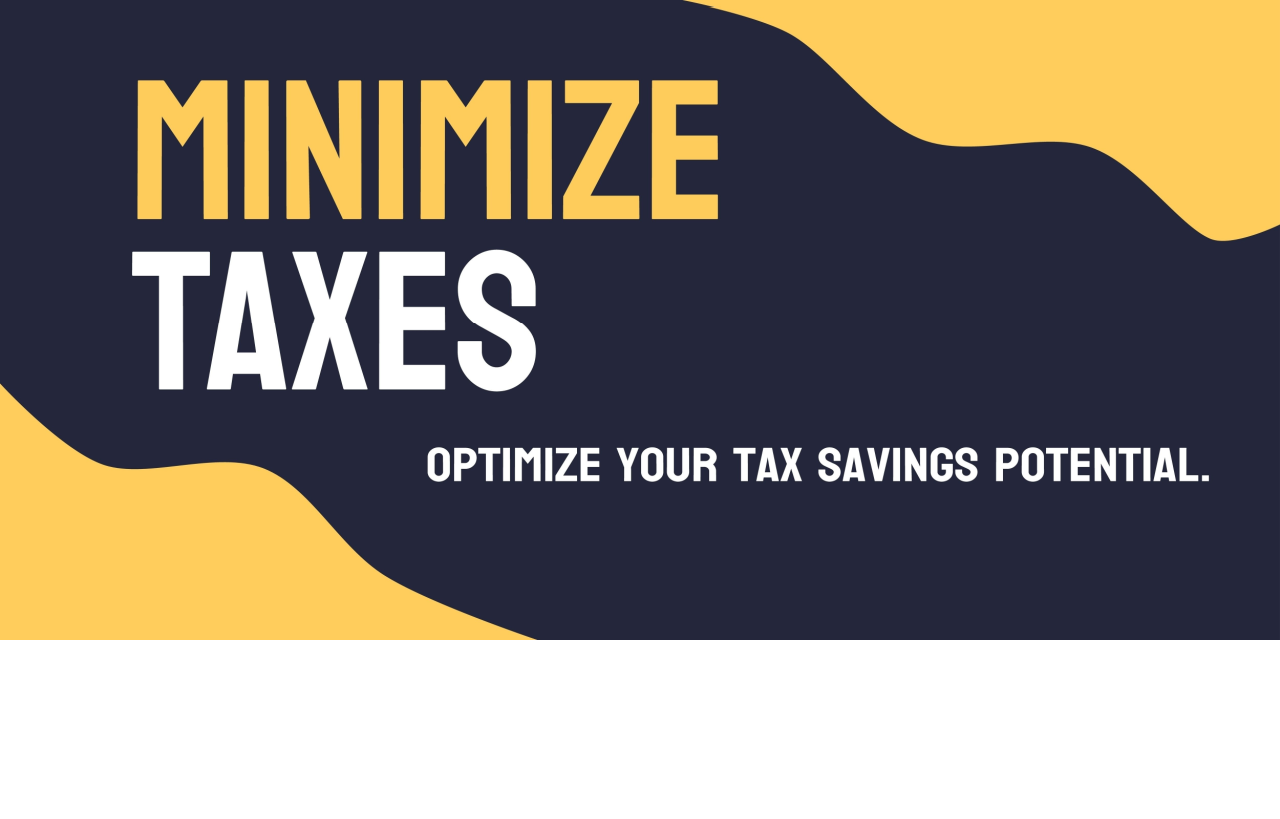How to Create Long-Term Wealth as a Landlord (Part 1)
by Cody Sperber
Buy, Fix & Stay: How to Create Long-Term Wealth as a Landlord (Part 1)
 Today I want to give some focused attention to all my buy-and-hold, landlord investor friends out there. I know that I tend to share and post a lot about wholesaling and rehabbing around here, but as much as I enjoy these types of investing, the real long-term wealth is created by holding properties. And by the way, that’s what a true real-estate investor is. You knew that, right? ;- )
Today I want to give some focused attention to all my buy-and-hold, landlord investor friends out there. I know that I tend to share and post a lot about wholesaling and rehabbing around here, but as much as I enjoy these types of investing, the real long-term wealth is created by holding properties. And by the way, that’s what a true real-estate investor is. You knew that, right? ;- )
So this one goes out to all you Landlords to help you sharpen your skills. I’d like to give you a little peek inside my own mindset as I approach my investment strategies of buy, fix, and stay. My goal is to show you how to create long-term wealth as a landlord so you can start living life to the fullest.
So let’s go!
How to Build True Wealth
If you were to ask me what investment strategy is best for building true wealth I would quickly say, “Holding rentals, of course.” But I’d then quickly expand that by saying, “Holding rentals that have good debt structure, that have solid tenants who don’t bother me to fix their broken toilets.” (Isn’t that the nightmare we always hear about when it comes to rentals?)
If structured the right way, owning rentals can be a fun and profitable business venture. There’s no better time than right now to build up your rental portfolio, since real estate prices are at an all-time low.
Plus there are many potential tenants out there who used to be home owners but fell victim to the housing collapse. These tenants are searching for quality rentals in good areas. Market rents are high enough that, for the first time in years, investors are getting positive cash flow while their tenants are helping to pay down the mortgage.
Savvy investors realize that the key to being a successful landlord is buying solid properties, in good areas, with good debt financing, and creating a workable system to either, manage their own rentals, or else outsource the management to a quality property manager.
With that being said, in this first training segment, I’m going to cover
How to choose the best property for a buy, fix, stay strategy
The exact locations where you should–and should not–buy
How to manage your properties effortlessly (and never unclog a sink or toilet!)
Instantly tell whether a property is better to wholesale or keep as a rental.
Property Types
(1) Single-Family Houses
Property type will ultimately determine the risk factor of profit potential of the properties that you buy and hold. Eighty per cent of the properties purchased for investment or retail purposes are single-family houses. Investors and home owners alike will buy single family houses because it’s easy to wrap your brain around.
They are the easiest to rent
There’s plenty of inventory
Historically, they appreciate the greatest
However, one of the problems with single-family house rentals is if the tenant stops paying then there’s no income coming in.
(2) Duplexes
Duplexes are a great investment if bought in the right areas. Home owners and investors like to buy duplexes. Home owners will buy a duplex and rent out the other side, or an investor will buy a duplex because it appreciates like a single-family home, but if one side is empty and the other side is still occupied, the property still produces some income.
(3) Fourplexes
In today’s market, fourplexes are a great investment because of increased cash flow opportunity and affordability. They have just enough doors to bring in a good cash flow income without becoming a management nightmare.
(4) Apartment Buildings
When we start talking about larger units, like apartment buildings, or commercial buildings, I know that beginning and inexperienced investors dream of owning apartment buildings. But it’s important to understand that the more units you add, the greater the potential for management issues. Once you get above forty units, you will need to consider on-site property management.
Which Market Segment?
(1) Working Class Neighborhood
What market segment should you focus on to get the best rentals? That depends on your current capital and your long-range goals. In working class neighborhoods, where I spend about 60% of my time and effort, you’ll find hard-working people – many of them tradesmen who are raising their families.
In some cases, you’ll find multi-generations of family members living in a single house all chipping in toward the rent. Also in working class neighborhoods, you’ll find many government-assisted Section-8 tenants. Placing your rental into the Section-8 rental pool is always a good idea.
At this point I think it’s important to clarify what I mean by a working class neighborhood. I am not talking about war zones. If you are scared to be in the neighborhood at night, I would not suggest that you own a rental in that area.
I’m talking about older homes in the $30k to $70k price range. I like to own rentals – or rent-to-own – in working class neighborhoods because of affordability, the ability to get good monthly cash flow, and the hope of future appreciation.
With proper screening, tenants in lower-income neighborhoods typically stay put in the rentals for a long time. I have a lot of great tenants in working-class neighborhoods.
(2) Middle-Income Neighborhoods
Middle-income neighborhoods are more stable with 50% to 75% of the residents actually owning their own homes. I spend about 30% of my time buying income-producing properties in these neighborhoods. Obviously, they have a higher acquisition cost. Here you will typically find two-income families simply trying to raise their families in a stable and safe environment. They offer nicer houses that attract both home owners and renters. The vacancy rates are lower because of the desirability of the neighborhood. Overall, expect lower monthly cash flow as compared to working class neighborhoods, but they offer greater future appreciation.
(3) Upper Income Neighborhoods
Upper income neighborhoods have much nicer homes. However, if you’re looking to buy a large portfolio of buy-and-stay investment properties, these neighborhoods should not be your main focus. I have owned rentals in upper-income areas, but I normally do rent-to-own in this market segment. I don’t suggest you begin here if you’re new to the business.
Acquisition Sources
So where do you find these treasures which will help you build true wealth? Here are six main acquisition sources that I use to find rental properties.
(1) Active Listings
You can use the MLS, but you’ll need a real estate agent to help. Or you can get your real estate license and then you can research and make offers on short sales, bank-owned houses, and traditional houses on your own.
I typically offer forty to sixty cents on the dollar depending on the home and location. I always offer less than I know they are willing to pay, and then I negotiate my way into the deal that I really want.
(2) Motivated Homeowners
These are homeowners who find me from my online or off line marketing. The goal is to be able to identify the seller who is so distressed the he must sell right now. Or they own a home that’s distressed and it’s way too much work for them to handle.
In this area, the better you become at building marketing systems and funnels, the more profitable you’ll be as an investor. Generate a ton of leads and then be able to quickly identify homeowners who absolutely have to sell.
(3) Foreclosure Auctions
Over the last few years, I have become an expert at buying foreclosures at the auctions. I’ve purchased well over 100 deeply discounted houses this way.
Create a system that allows you to do your research, then go out and bid on multiple properties every single day. These auctions are fast-paced, cash-only business. The risks are high. You need to know what you’re doing.
Visit your local auction and watch and learn. See who the players are. Interact with those you meet. Learn how the process works in your state. Perhaps you can partner with someone who is already bidding on and buying houses. This is a good way to become comfortable bidding then go do it on your own.
(4) HUDhomestore.com
This is a website where investors can bid on government-owned houses. You’ll need a real estate agent who has a registered NAID number in order to bid. But once you jump that hurdle, making offers is as easy as pushing a few keys on your computer.
Each day I make an offer on every HUD home in my state for around 60% to 70% of the list price. Every once in a while, one of my offers is accepted. From there I decide if I want to keep it as a rental, or wholesale it to another investor for a quick buck.
(5) Hard Money Lenders
Local hard money lenders will often have repossessed homes from non-performing loans that they placed. These lenders are in the business of making loans and earning from the interest on those loans. Generally, they don’t want to own real estate.
It’s a good idea to build relationships with several of these lenders in your area so they call you first when they get into a situation and have to take back a property and get their capital back.
(6) Real Estate Bird Dogs
A bird dog is a person who will go out and uncover good deals, but doesn’t have the resources to acquire properties. I spend the time to develop my bird dogs within my own network, and teach them exactly what I’m looking for. Then I send them out to bring the deals to me on a silver platter.
Together these six acquisitions should be more than enough if you focus on quick ways to acquire deals.
Now you have a few basic guidelines in how to choose a good rental property, and where to find them. In Part II of Buy, Fix & Stay, we’ll take a look at how to analyze and then fund your investment property.
About Cody Sperber
As a veteran of the armed forces (NAVY), Cody learned that ethics, honor, and commitment can tell a lot about a person. After being released with an honorary discharge, he attended ASU, receiving a degree in Finance (Magna Cum Laude). Cody then received his real estate license 3 years after he first began investing in real estate because he was tired of working with horrible Realtors that were just trying to make a quick commission.
Cody began focusing on different strategies to help clients Avoid Foreclosure. Cody worked with underwater owners arranging short sales. This led to the development of his Reverse Short Sale Secret. Cody continues to buy and sell millions of dollars worth of real estate every year. In addition he has created a series of free real estate investor training tools for new investors.
Cody trains and mentors a handful of dedicated investors. When it comes to succeeding in real estate investing, Cody grows daily and helps others to do the same. Cody breaks the silence on methodologies that have launched successful real estate investing careers. He explains the top four ways to amass real wealth using real estate whether you are a new or a seasoned investor. His approach is sound and his presentation is clear and concise.
Cody Sperber is recognized as one of the young guns of real estate investing. He thrives on encouraging and educating fellow investors. Cody Sperber’s philosophy is to give you all you need to be successful before he ever requires anything on your part more than the commitment to learn.
This post is provided by REIClub.com for creative real estate investors. Copyright 2002-2014 All Rights Reserved. Published with Permission of Author. No part of this publication may be copied or reprinted without the express written permission of the Author and/or REIClub.com.
American Apartment Owners Association offers discounts on products and services for all your property management needs. Find out more at www.joinaaoa.org.















 Accessibility
Accessibility